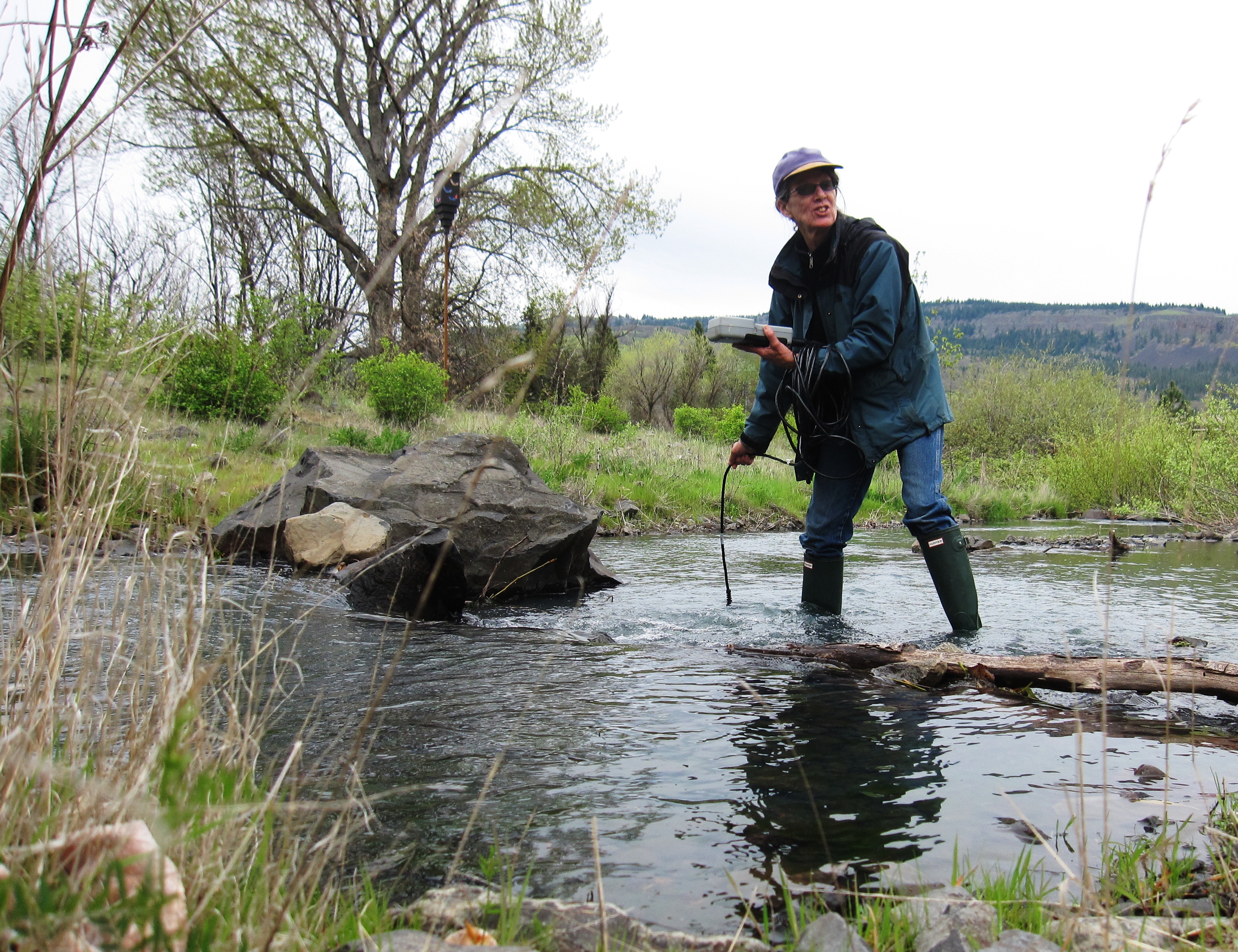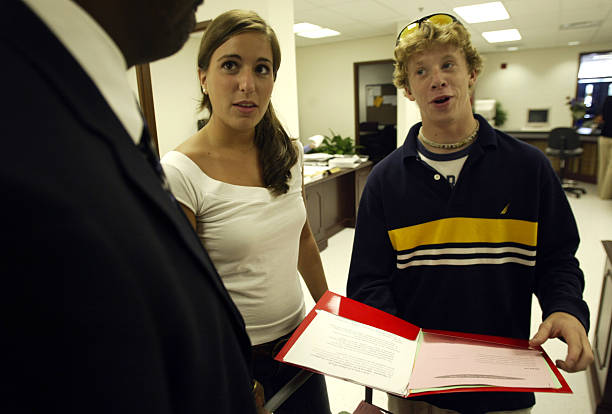 |
| An aerial view of the Columbia River watershed. |
One organization that guards a body of water moving through several States is COLUMBIA RIVERKEEPER, whose responsibility is the cleanliness and preservation of the Columbia River. Part of a national Waterkeeper Alliance, led by Robert F. Kennedy Jr., it was formed from a merger between Columbia River United and Clean Water Columbia. Its responsibility is the entire Columbia River, from its head until it drains into the Pacific Ocean, along with all of its living environs.
One of the functions of the organization is training more than 150 volunteers to monitor the Columbia's water quality at approximately 100 sites along the river. In their quest to maintain the river water's integrity, there were several water pollution threats detected, including toxic substances detected in sturgeons and water temperatures that were outside of standards set by the State and that affect salmon migration.
Since 2006, volunteers have monitored an increasing number of sites for conductivity, pH, water clarity, dissolved oxygen level, temperature, and e. coli level. In 2007-2008, volunteers monitored eight of the sites near Wenatchee for aquatic insects. By monitoring these sites regularly, Riverkeeper is able to respond quickly to changes that indicate a toxic inflow and can pinpoint the problem, so it can be fixed.
 |
| A trained volunteer monitors water quality at a designated site. |
 |
| By monitoring the river, volunteers discovered the water temperature too warm to sustain healthy steelheads and salmon. |
Thanks for information from this Facebook page: https://www.facebook.com/pg/ColumbiaRiverkeeper/about/?ref=page_internal; this page on Columbia Riverkeeper: http://columbiariverkeeper.org/about-us/our-story/; this page on Columbia Riverkeeper: http://columbiariverkeeper.org/water-quality/water-quality-monitoring/; and the above link.
Click Here: SEOLINKVINE









